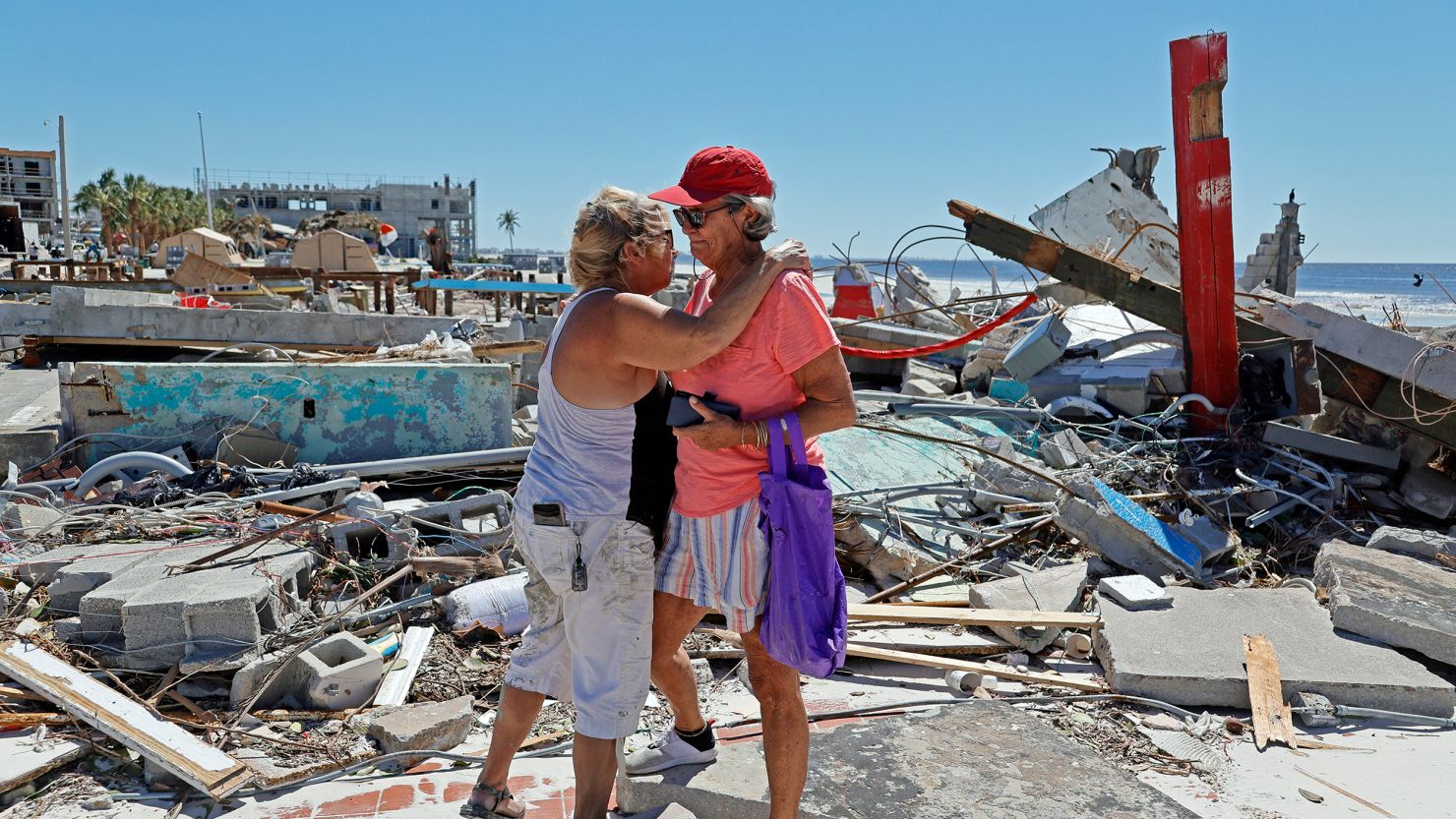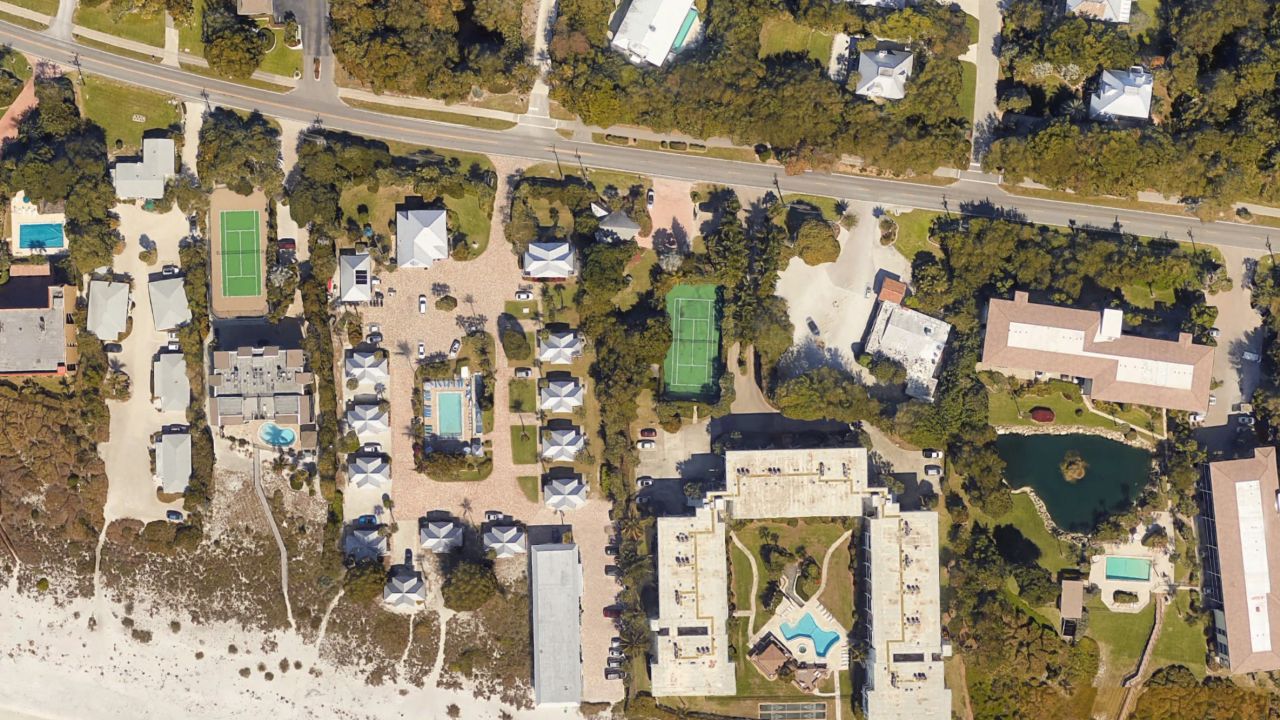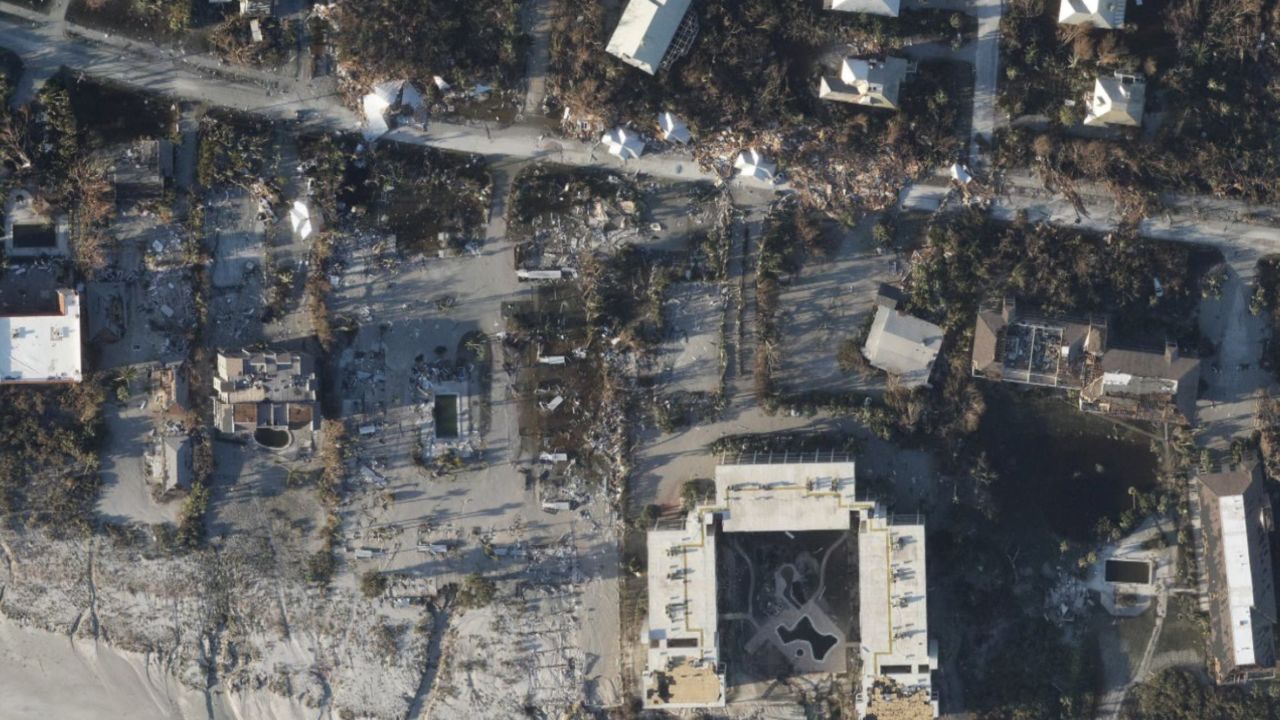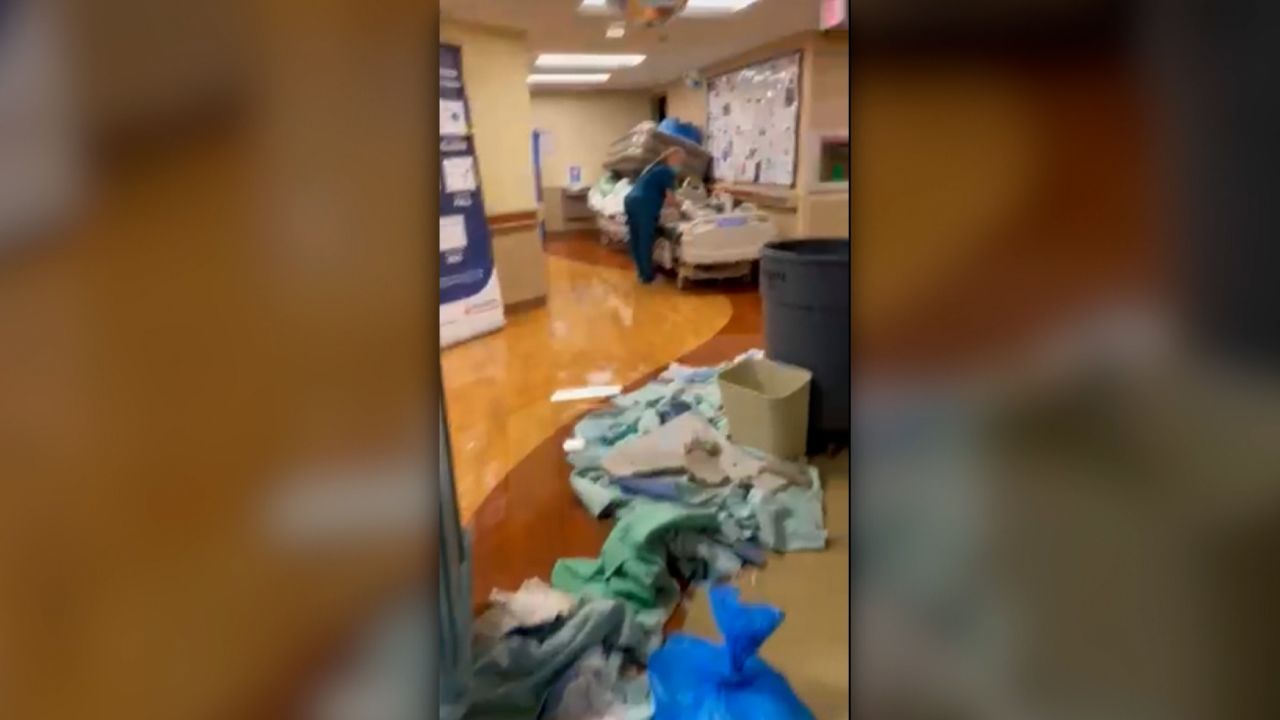Whether as a hurricane, tropical storm or disorganized system, Ian’s combination of high winds, heavy rain and historic storm surge left a trail of destruction wherever it moved.
The storm first struck Cuba last Tuesday before strengthening into a Category 4 major hurricane and smashing into Florida’s west coast. Ian then cut northeast across the state and into the Atlantic Ocean, where it regained some intensity and made landfall in South Carolina on Friday.
Ian caused devastating damage throughout its path, knocking out power for millions of people and causing at least 74 deaths.
To understand its true toll, here’s a location-by-location trip through the wreckage Ian left behind.
Cuba
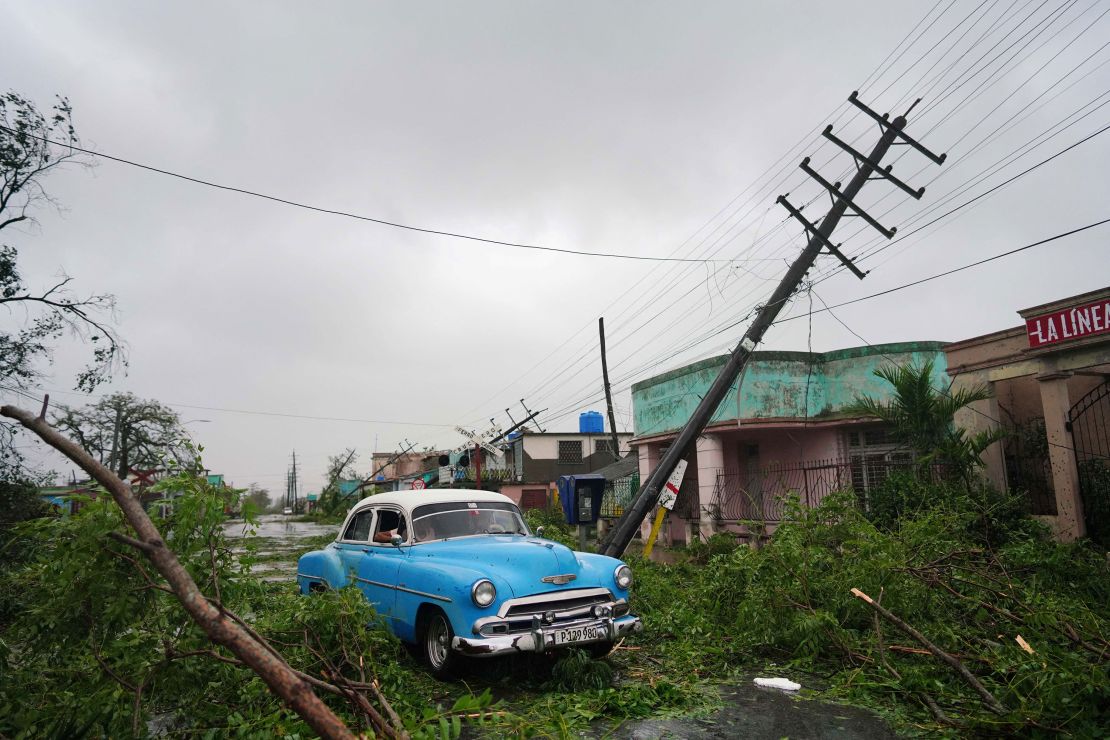
After forming in the Southern Caribbean Sea, Ian made landfall as a Category 3 hurricane in Cuba just southwest of La Coloma in the western Pinar del Rio province early Tuesday.
The hurricane’s fierce winds and rain left at least three people dead, state media said, and knocked out power to the entire island.
Two of the deaths occurred in Pinar del Rio, where a woman died after a wall collapsed on her and a man died after his roof fell on him, state media said.
The province, known for growing Cuba’s rich tobacco, also suffered downed fences and destruction at the Robaina tobacco farm, according to photos posted by state media. State media photos also showed fields in the province inundated with floodwater and trees uprooted.
Cayo Costa, Florida
Ian strengthened further at sea and made landfall Wednesday on the barrier island of Cayo Costa in southwest Florida as a strong Category 4 hurricane with sustained winds near 150 mph, making it the strongest storm to make landfall on Florida’s west coast since Hurricane Charley in 2004.
Sanibel Island
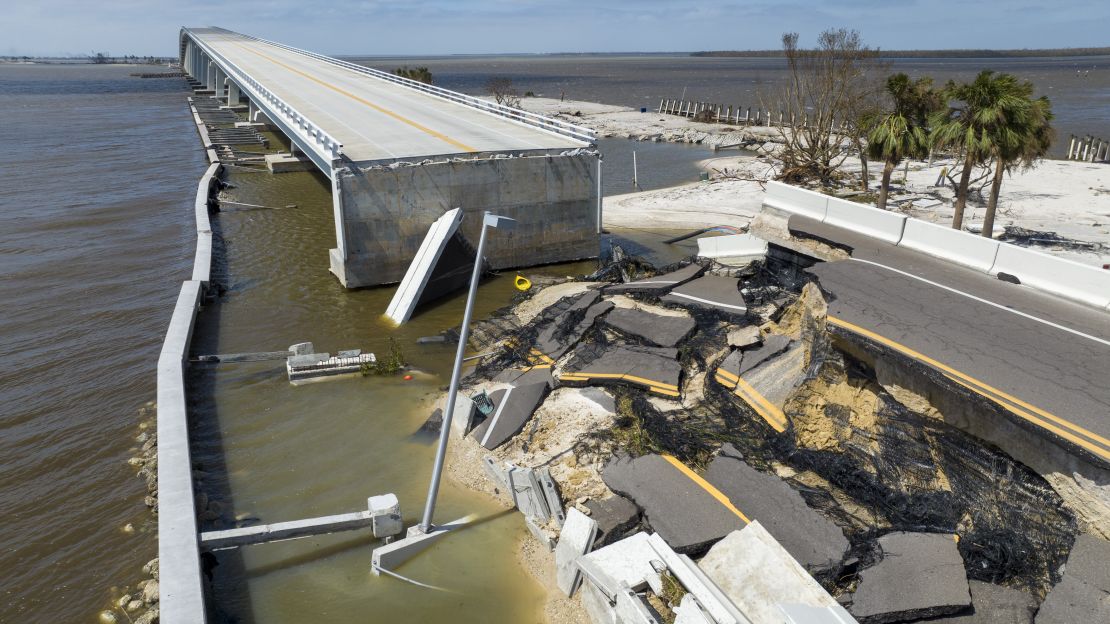
Ian’s winds and storm surge destroyed several parts of the roadway that was Sanibel’s only access to Florida’s mainland, stranding dozens of people who stayed on the island during the storm, Mayor Holly Smith said.
Two people on the island died, City Manager Dana Souza said. Further, 12 people were rescued off Sanibel Island with injuries and about 40 people were rescued without injuries, the mayor told CNN on Thursday.
Aerial images of the island taken before and after the storm show many beach cottages that lined the shores were wiped away. Most homes on Sanibel and neighboring Captiva Island are still standing, but appear to have sustained some form of roof damage, in addition to certain storm surge and flooding damage.
When asked if Sanibel is currently livable, Mayor Smith said, “Frankly, no.”
Fort Myers Beach
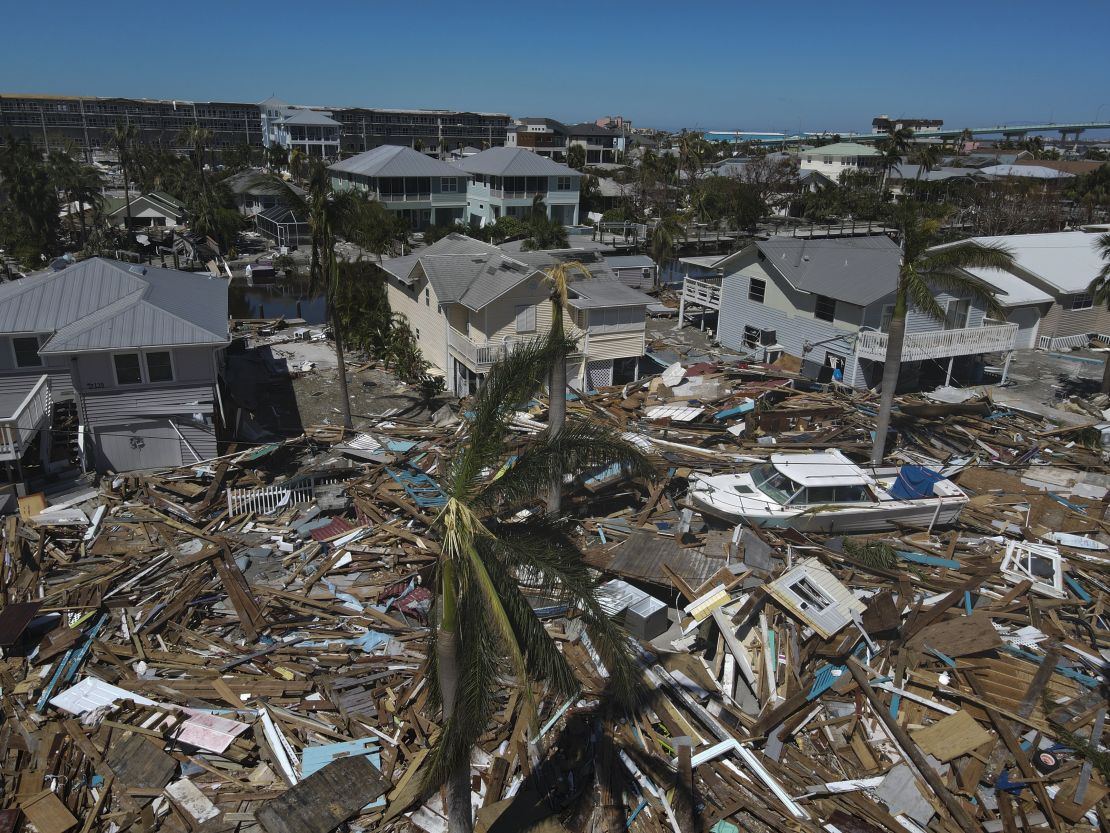
Ian demolished buildings and swept away vehicles and boats, dumping the debris all throughout the town of Fort Myers Beach.
Gov. Ron DeSantis said the damage was “indescribable,” saying some homes were reduced to concrete slabs.
Lee County Sheriff Carmine Marcino took a helicopter tour of the area and also said he had no words to describe what he saw. “The Fort Myers Beach area, buildings, major, major homes and buildings completely washed away with vehicles in the water, vehicles in the bay, boats are upside down,” he said.
Fort Myers Beach Town Councilman Dan Allers estimated to CNN’s Don Lemon that about 90% of the place was destroyed.
“Unless you have a high-rise condo or a newer concrete home that is built to the same standards today, your house is pretty much gone,” he said.
Cape Coral

In Cape Coral, authorities received reports of significant structural damage across the city, according to Ryan Lamb, the city’s fire chief and emergency management director.
CNN’s Bill Weir waded through feet of floodwaters in Cape Coral to examine what was left of one resident’s home. The floor of Laura Muller’s house was transformed into muck, windows were broken and her furniture had been toppled and flipped around the home.
“Salvageable? I don’t know. I doubt it,” Muller said upon entering. “I’d say it’s done.”
Port Charlotte
Ian blew off part of the roof of a hospital’s intensive care unit in Port Charlotte, allowing torrential rains to pour through the building, which was taking care of 160 patients.
Dr. Birgit Bodine said the ICU area was no longer usable and on some floors, staff had to walk through puddles. Video inside the ICU showed several inches of water all along the floors and a waterfall cascading down the stairwell.
Some patients were crowded into dry rooms or were placed in hallways to have a roof over their heads, though everyone was doing well, Bodine said.
“Luckily, everybody’s doing good and actually, surprisingly, in decent spirits because they can see that we’re trying the best we can with what we have,” she said.
Fort Myers
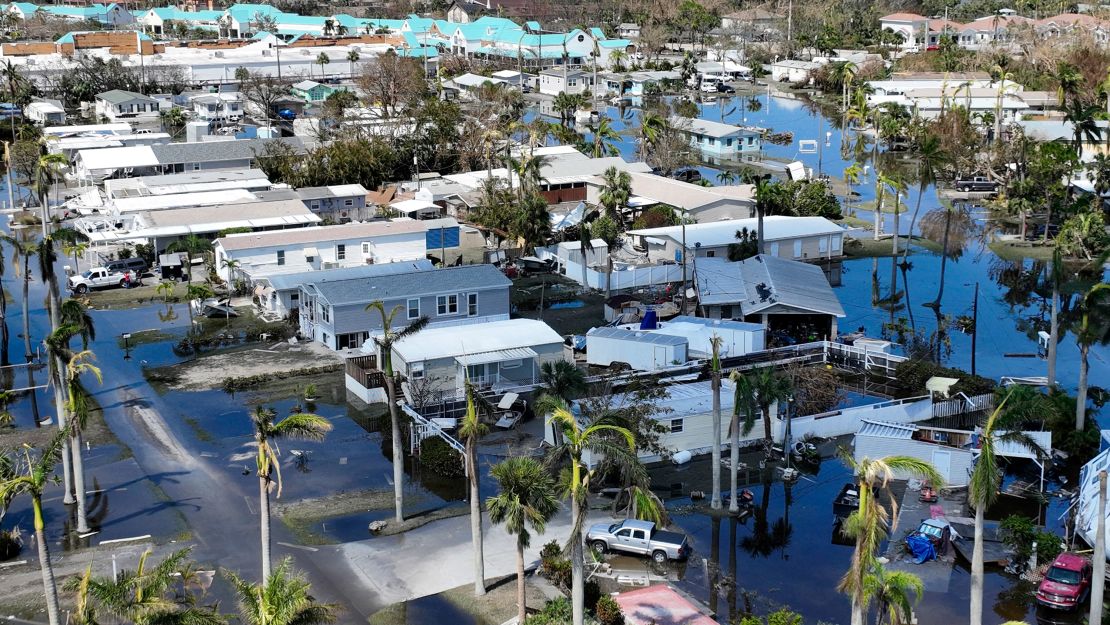
There were over 800 rescues and about 42 casualties in Lee County, which includes Fort Myers, Sheriff Carmine Marceno said Sunday.
A Fort Myers man told CNN he knew of at least two people who died trying to escape a home during the hurricane.
“I had a friend – they were in his house, and he was with his wife and another couple,” Kevin Behen told CNN’s John Berman Friday night. The storm surge came all the way to the windows of their home, he said.
“These guys pushed their wives out the windows to where a tree was,” Behen said. “They just looked at their wives and they said ‘We can’t hold on anymore, we love you. Bye,’ and that was it.”
Behen told CNN that the two men did not make it, but their wives did. He reported the deaths to authorities.
Kissimmee
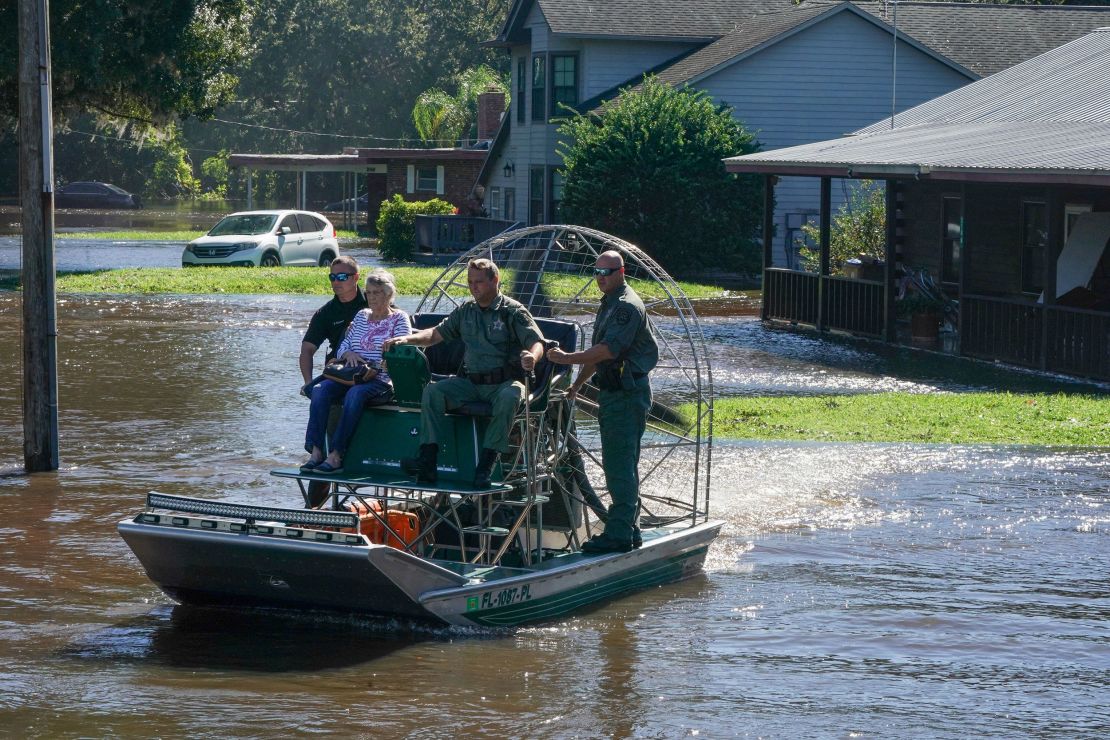
After slamming southwest Florida, Ian moved northeast across the state. The city of Kissimmee, just south of Orlando, saw “historic” flooding of up to 14 inches, and Osceola Regional hospital was surrounded by water, according to Osceola County’s Emergency Management Director Bill Litton.
Drone video posted by the city of Kissimmee showed extensive flooding that swallowed up a road and infiltrated a parking garage.
Some of the flooded areas weren’t even in floodplains and so were not insured for flood damage, Florida Sen. Rick Scott said on CBS’ “Face the Nation.”
“I was up in Kissimmee yesterday and there was some flooding up there and they weren’t in a floodplain, nobody was told to get flood insurance and they had about probably a foot of water in their homes, and they were just completely shocked,” Scott said.
St. Augustine Beach
Ian’s center moved through Florida and off into the Atlantic Ocean, but its winds, rain and storm surge still caused flooding in St. Augustine Beach, in the northeast of the state.
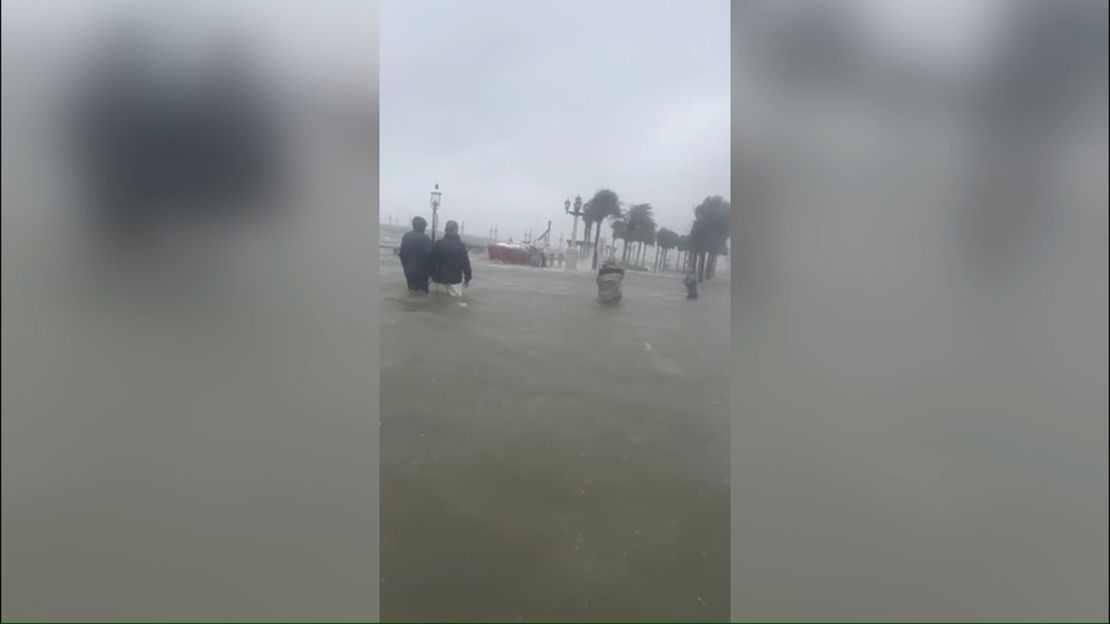
Scott Cushnie, who has lived in Florida for 14 years, captured video of a flooded A1A Highway in St. Augustine on Thursday afternoon. He said he chose not to evacuate because he felt safe being on the second floor in a thick coquina rock building.
“I know a lot of business owners here, so I’m checking on their businesses – adjusting sandbags, closing doors that are open, fixing property, etc.,” he told CNN.
Former FEMA Administrator Craig Fugate noted that the flooding and damage stretched across the state.
“It’s just not the coast of Florida that’s been impacted,” he told CNN on Sunday. “We’ve got impacts all the way through Orlando, up to the East Coast. Places like St. Augustine had devastating flooding.”
Georgetown, South Carolina
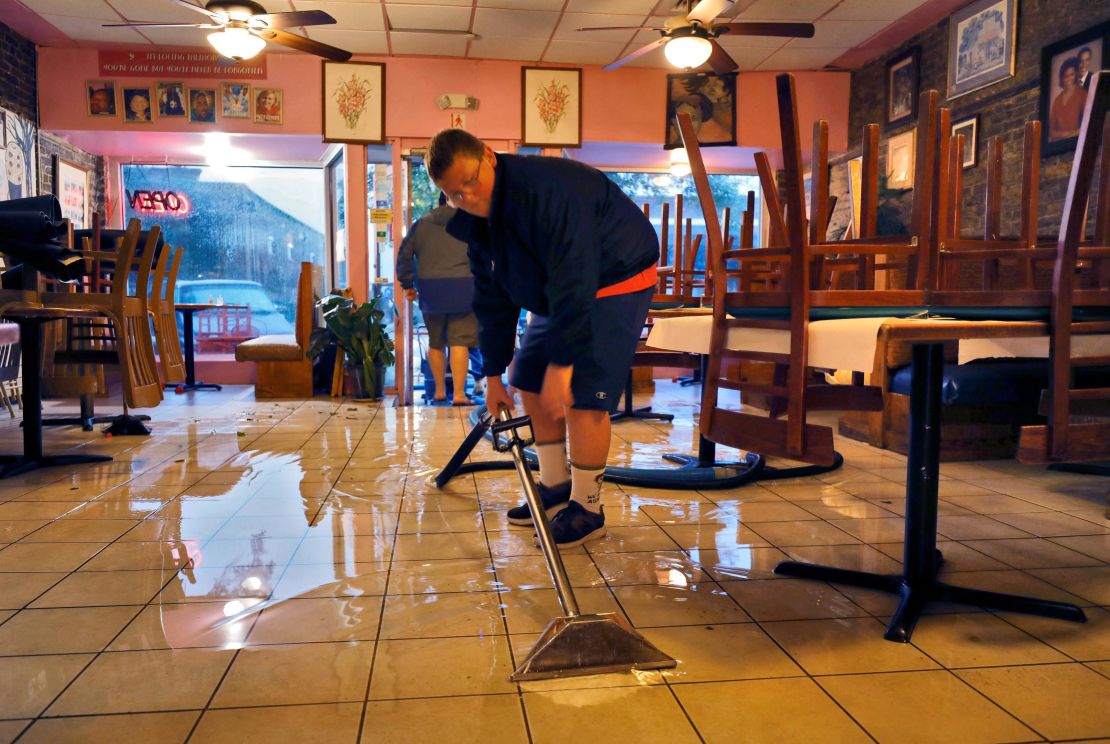
Ian strengthened back to a Category 1 hurricane over the Atlantic Ocean and made landfall Friday near Georgetown, a city of just over 8,000 people on South Carolina’s coast, midway between Charleston and Myrtle Beach. It was the first hurricane to make landfall in the state in five years.
The storm caused parts of Charleston to flood, piers in North Myrtle Beach and Pawley’s Island suffered damage and more than 200,000 electric customers lost power in the state. Yet there were no deaths, Gov. Henry McMaster said.
“There is some damage, there’s some heartbreak, there’s work to be done,” McMaster said. “But all in all, it’s a good story.”
North Carolina
The remnants of Ian hit North Carolina on Friday and Saturday and caused four deaths there, including three fatal vehicle crashes and one death from carbon monoxide poisoning due to a generator running in a closed garage, according to Gov. Roy Cooper’s office.
At its peak, about 400,000 customers had no power on Friday, though most of those have since been repaired, Cooper told Chuck Todd on NBC’s “Meet the Press” Sunday.
“This is a time when we all have to pull together to make sure that people are safe. A lot of times people lose their lives in the aftermath, trying to repair homes, running generators,” Cooper said.
CNN’s Hannah Sarisohn, Andy Rose, Amanda Musa and Michelle Watson contributed to this report.
